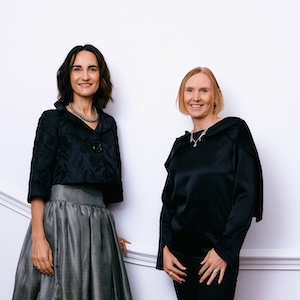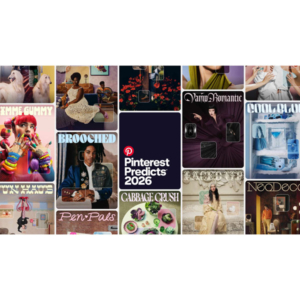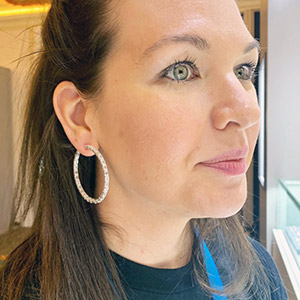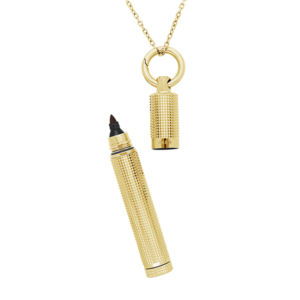
The European Union is pushing back its plan to track the origin of every diamond over one-half carat to March 1, 2025.
The proposed certification system, meant to prevent Russian-mined diamonds from entering G7 markets, was originally supposed to go into effect on Sept. 1 of this year. It would have required that every rough and polished diamond due to be imported into the EU have its non-Russian origin certified by a blockchain-based tracking system.
The delay is meant to “allow more time to set up the G7 traceability scheme,” said an EU Q and A that accompanied its 14th sanctions package against Russia over its invasion of Ukraine. Next March “the full-traceability scheme for imports of rough and polished natural diamonds will become mandatory,” it said.
Until then, participation in the certification scheme is “recommended to facilitate importation” but “optional.”
The EU’s announcement did not say it was delaying the implementation of the proposed change in diamond weight threshold. Its rules currently apply to diamonds 1 ct. and larger; in September, that was scheduled to drop to one-half carat.
“I suspect that will [still happen],” says Sara Yood, president, CEO, and general counsel of the Jewelers Vigilance Committee, who started in that role today. “If that was going to change, they would have made the announcement along with the delay of full traceability.”
While the G7 tries to act in concert, member nations have diverged on how they implement their diamond import requirements, though they have generally stayed within the rough outlines of the original plan. For instance, while the entire G7 implemented a ban on Russian diamonds 1 ct. and up on March 1, the United States required only self-certification as backup, rather than the “documentary evidence” required by the EU.
Yood says she “wouldn’t be surprised” if the rest of the G7 follows the EU’s lead regarding the postponement of the certification system, which was “widely expected.”
The EU also announced that it would make an exemption for so-called “grandfathered” goods—gems purchased before the implementation of sanctions against Russian gems.
“Diamonds that were physically located in the EU or a third country other than Russia, or were polished or manufactured there, before the import ban on Russian diamonds entered into force, are not subject to the ban,” it said. “These stocks no longer provide revenue to Russia, so this is not a ‘concession.’”
However, importers will need to show some form of proof—such as an invoice or a Kimberley Process certificate—that the goods were purchased before the ban went into effect.
The EU is also allowing “temporary imports or exports of jewelry … for trade fairs or repairs,” it said.
The original EU announcement said the ban would apply to diamond jewelry, diamond watches, and lab-grown diamonds. The EU said it was postponing the rules on jewelry, though it “may decide to activate the ban at a later stage when partners within the G7 pursue that measure.”
One source that has communicated with the EU believes that diamond watches will fall under the scope of “jewelry.” However, lab-grown is likely still “in scope,” this person believes.
The new EU statement did not make any mention of whether Antwerp will be designated the EU’s sole “rough node,” which would mean that most polished diamonds sold to an EU member nation would have to originate from rough that had been certified in Antwerp. That idea has proved controversial among African producers.
Photo courtesy of the European Union
- Subscribe to the JCK News Daily
- Subscribe to the JCK Special Report
- Follow JCK on Instagram: @jckmagazine
- Follow JCK on X: @jckmagazine
- Follow JCK on Facebook: @jckmagazine







